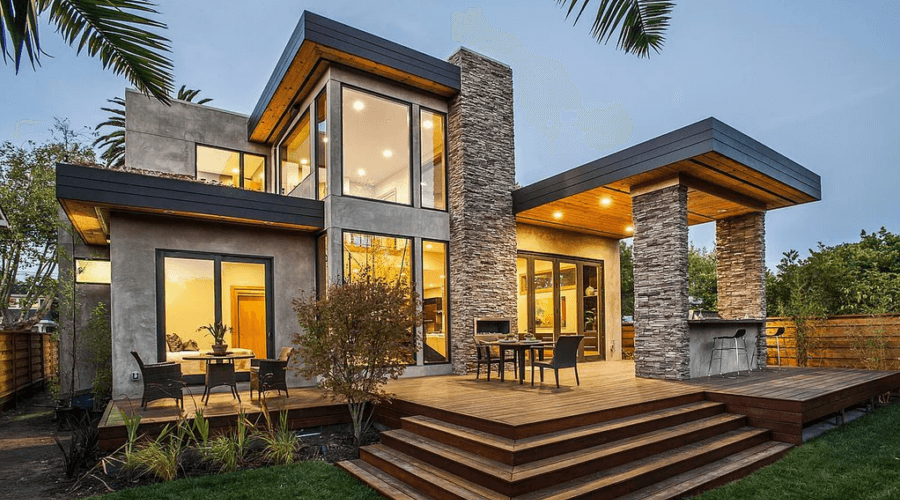Introduction
The housing industry is undergoing a major transformation, and at the heart of it is modular home construction. Once considered a niche alternative to traditional housing, prefabricated (prefab) homes are now emerging as a mainstream solution to affordability, sustainability, and efficiency. With advancements in technology and increasing consumer interest, modular homes are poised to become the new standard in residential construction.
Why Modular Homes Are Gaining Popularity
1. Cost-Effectiveness
One of the biggest drivers behind the rise of modular homes is their affordability. Unlike traditional homes, which are often subject to unforeseen construction costs, prefabricated homes are built in controlled environments, reducing waste and labor expenses. This means homeowners can save up to 20-30% compared to conventional housing.
2. Speed of Construction
Prefab homes can be built in a fraction of the time it takes to construct a traditional house. Since they are manufactured in factories, weather delays and site-related disruptions are minimized. In many cases, a modular home can be completed in as little as a few weeks, compared to several months or even years for traditional construction.
3. Sustainability and Eco-Friendliness
Sustainability is a growing concern, and modular homes offer a greener alternative to traditional construction. Because they are built in a controlled setting, material waste is significantly reduced. Additionally, many prefab homes incorporate energy-efficient materials and smart home technology, reducing their overall carbon footprint.
4. Design Flexibility and Customization
Gone are the days when modular homes were seen as cookie-cutter designs. Today, prefabricated homes offer a wide range of customization options, from luxury finishes to open floor plans. Many manufacturers work with architects to ensure that homeowners get unique, high-quality designs that suit their personal preferences.
5. Durability and Quality Assurance
Since prefab homes are built in a factory setting, they undergo rigorous quality checks before reaching the construction site. Unlike traditional homes, which may suffer from inconsistencies due to on-site construction variables, modular homes offer consistent quality and durability.
Are Prefab Homes the New Standard?
With their many benefits, prefab homes are becoming an attractive option for homebuyers and investors alike. Here are a few reasons why they could soon become the new standard in housing:
1. Urban Development and Housing Shortages
Many cities around the world are facing housing shortages due to rising demand and high construction costs. Modular homes present a viable solution by offering quick, cost-effective housing that can be deployed in urban and suburban areas.
2. Advances in Smart Home Technology
With the rise of smart home technology, modular homes are now more appealing than ever. Many prefab homes come equipped with built-in smart lighting, energy-efficient appliances, and automated security systems. These advancements not only enhance convenience but also make modular homes more energy-efficient.
3. Increased Consumer Acceptance
Historically, modular homes have been met with skepticism, but this is changing. High-profile architects and developers are now embracing prefab construction, and many modern designs are indistinguishable from traditional homes. As more people recognize their benefits, modular homes are becoming a widely accepted choice.
4. Government Support and Policy Changes
Many governments are recognizing the potential of modular housing to address affordable housing crises. Some have implemented policies that provide incentives for prefab home construction, making it easier for developers and homeowners to invest in modular housing solutions.
Potential Challenges and Considerations
Despite the many advantages of modular homes, there are still challenges to consider:
- Land Acquisition and Zoning Laws: Some regions have strict zoning regulations that limit where prefab homes can be placed.
- Financing Options: While mortgage options for prefab homes are improving, some lenders still hesitate to finance them.
- Perceived Stigma: Although modular homes are gaining popularity, some buyers still view them as lower-quality alternatives to traditional housing.
Final Thoughts
The future of modular homes looks promising, with growing adoption, technological advancements, and increasing affordability making them an attractive choice for homebuyers. As the demand for sustainable, cost-effective, and high-quality housing grows, prefab homes are likely to become the new standard in residential construction.
